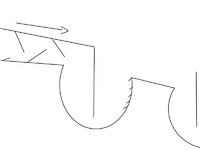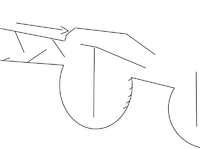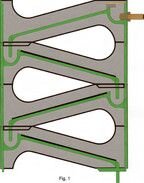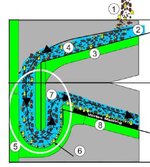ncclaymaker
Sr. Member
- Aug 26, 2011
- 370
- 316
- Detector(s) used
- Minelab 1000, A Motorized Power Glider Trike, 17 foot travel trailer behind my Jeep. 4" suction dredge/high banker.
- Primary Interest:
- Prospecting
I saw an animation of a unique gate trap on youtube.com . I had previously viewed a live video test of the same trap. With a few small variations and add-ons, this may well be an idea to test and develop. The earlier trap designs are probably very well suited for stream use and a shovel.
The problem was when the trap was on a 4" dredge, it was just overwhelmed. Cleanouts were too frequent or if you increased the water volume to the fluid box to suspend and eject slurry, you shot yourself in the foot. Too much attention required. I found that it was a delicate balance act of too little or too much water volume/pressure. Too little and the trap was loaded up, too much and out the fines went.
Check out the link below... we need some out of the box thoughts on how to impliment this idea for us gravel suckers or let's deep six the idea.
The problem was when the trap was on a 4" dredge, it was just overwhelmed. Cleanouts were too frequent or if you increased the water volume to the fluid box to suspend and eject slurry, you shot yourself in the foot. Too much attention required. I found that it was a delicate balance act of too little or too much water volume/pressure. Too little and the trap was loaded up, too much and out the fines went.
Check out the link below... we need some out of the box thoughts on how to impliment this idea for us gravel suckers or let's deep six the idea.


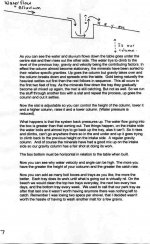
 ?but i hope it dont!controlling the water column for the gate would be another challeng.the surge of starting/stopping the dredge would affect the saving of fine gold.
?but i hope it dont!controlling the water column for the gate would be another challeng.the surge of starting/stopping the dredge would affect the saving of fine gold.